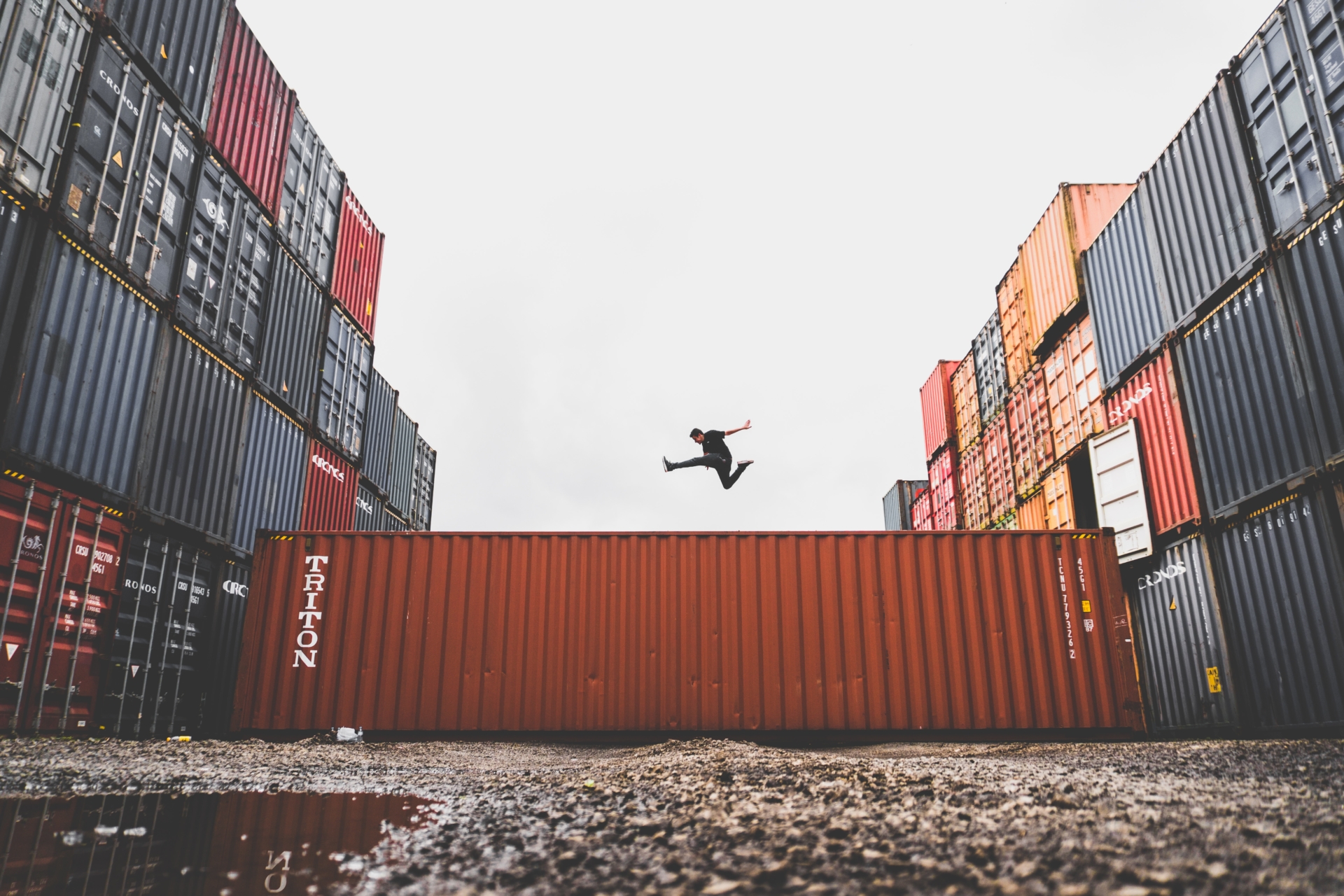When it comes to safe storage and shipping of stuff, nothing can beat the versatility, affordability, and stability of cargo containers. Storage containers were once relegated to the world of shipping. Today, they come in various shapes and sizes and fulfil numerous storage and shipping requirements of different industries. Made from steel, plastic, wood and even cardboard, cargo containers are some of the flexible and strongest storage units you can find. They are designed to keep commercial equipment, records, goods, edibles, personal items, livestock, and whatever else you put inside them, protected from storage and transportation anomalies.
Cargo containers have become an integral part of the entire supply chain industry, transportation, and trade. These containers are structures that store different kinds of cargo that need to be transported from city to city, across the country, or from one part of the world to another using various modes of transportation.
Keep on reading as we explore everything you need to know about cargo containers, including their types, benefits, and needs.
The Role of Cargo Containers in Industrial Packaging
Industrial packaging is not your average packaging. There are some key qualities that make industrial packaging different from other types of packaging. For starters:
• It is designed to meet international standards
• It can contain many different materials in the design
• It is customized to the specific product
• Such packaging can protect against hazardous exposure
• They can be environmentally friendly
• Its primary objective is to protect the goods during shipping and storage
• It is customized to a specific need
In Australia, cargo containers have become a prominent part of the supply chain industry. Organisations have started using the help of container manufacturers to provide them with customised options as per their requirements. The type of customisations solely depends on the underlying protection goals of the company. Some products need extra protection for long term storage, while others need extra protection for shipping. On the other hand, in the case of livestock, the container has to be well-ventilated and safe for the animal.
It has been reported that the Australian Government wants industries and businesses to use 100% recyclable and sustainable packaging. In terms of cargo containers, new efforts have been made to make things as environmentally friendly as they can be.
For instance, the three major types of sustainable packaging include biodegradable, compostable, and recyclable packaging. Paul from AXIS Industrial Says” Manufacturers have leaned towards producing reusable and returnable containers for cargo made from plastic and wood”.
The Materials
When it comes to protecting the product, cargo containers can get very creative. Cargo container materials can include:
• Polypropylene
• Various plastic forms, shrink wrap and more
• Corrugated cardboard, paperboard, fireboard, and more
• Stainless steel
• Wood, such as skids, wood board, wooden crates, wooden boxes, plywood, derails board, and more
Cargo containers for industrial goods can be designed with a combination of materials to ensure secure, safe shipping and storage of the goods. Essentially, a variety of materials is used together to give the best results. For instance, wooden pallets combined with steel cages make the packaging sturdier.
Nevertheless, the material to be used also depends on what is being stored and shipped. For example, when you are transporting glass, the material chosen to design the container should be friendly, else the glass will break. Hence, glass crates are always made using wood.
Market Environment
With a growing economy, household products and food-and-beverage sectors account for a significant portion of the packaging and transportation business. Hence, the need for customised containers. There is a wide range of customisations available, including eco-friendly options to protect products. Some of the options include plastic pallets, stretch film and bags, slip and anti-slip sheets, dunnage bags, cardboard boxes, covers, and more.
The need for customisation with specific packaging is the result of the market environment. The goal is to fit the product needs like a glove while providing the utmost security to the cargo.
ISO Standards
There are a host of different regulations based on which the international standards for packaging vary. Industrial storing and shipping come under the most scrutiny in Australia. Packaging content, destruction of waste, materials, sources, and more are all part of the standards.
The right cargo container source will make sure that your industrial packaging needs are met with compliant materials. In 2019, the APCO (Australian Packaging Covenant Organisation) released a shocking report that stated out of 5.4 million tonnes of packaging, only 50% got recycled, 2.7 million tonnes were dumped in a landfill, and 12% could not be recycled due to their design.
So, there is a push for strict regulations for cargo container materials and their recyclability. The right source will help a business in getting ahead of the regulations and meet the sustainability standards.
Packaging Regulations in Australia
Cargo containers have to abide by the national legislation on the protection of the environment, prevention of risks to consumer health, and regarding the treatment of waste. Therefore, cargo containers, pallets, etc., must be accompanied by the fumigation certificate. Also, containers made of cardboard and wood are subject to phytosanitary controls. Moreover, conforming to standards is obligatory for products like clothes, toys, sports equipment, household appliances, tools, machines, etc. And cargos that are potentially dangerous or have complex technology must undergo rigorous testing and approval procedures before you can market them in Australia.
Tips to Choose the Right Cargo Container
If you manufacture goods that need to be shipped, you need containers. Now, containers are available in many different forms and types. Thus, it can be a little overwhelming to choose the right cargo container for storage and shipping.
The first thing you need to do is visit the container manufacturer/supplier. Here, you can examine different types of containers and decide for yourself. However, if you do not find the right container, you can always ask the manufacturer to custom build one for your product storage needs. Nevertheless, there are plenty of factors that one needs to consider when choosing a storage container. Check the following with respect to the cargo container:
Ease of Use: First things first, a strong container you choose must be accessible. It means how easily you can load and unload the container. Irrespective of the design and material used, the container should be easy to store, ship, load, and unload.
Durability: Durability is another factor that needs attention. It is true that cargo containers made of cardboard are less durable than cargo containers made using wooden pallets or plastic. However, durability here refers to the container’s ability to securely store the product. Now, you would not store heavy machinery in a cardboard container. So, choose the material wisely based on what your product demands.
Reusability: Another prominent factor is reusability. Reusability may refer to many things. For starters, you may want to use the same container multiple times before it is retired. On the other hand, it also means that the container can be reused but for different purposes.
Cargo containers are an essential part of the supply chain and ensure the safety of products while in storage and during transportation. There are different varieties of containers available. You can contact Axis Industrial to see the varieties that are on offer in Australia and choose one that suits your packaging needs.




